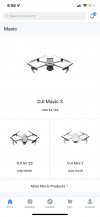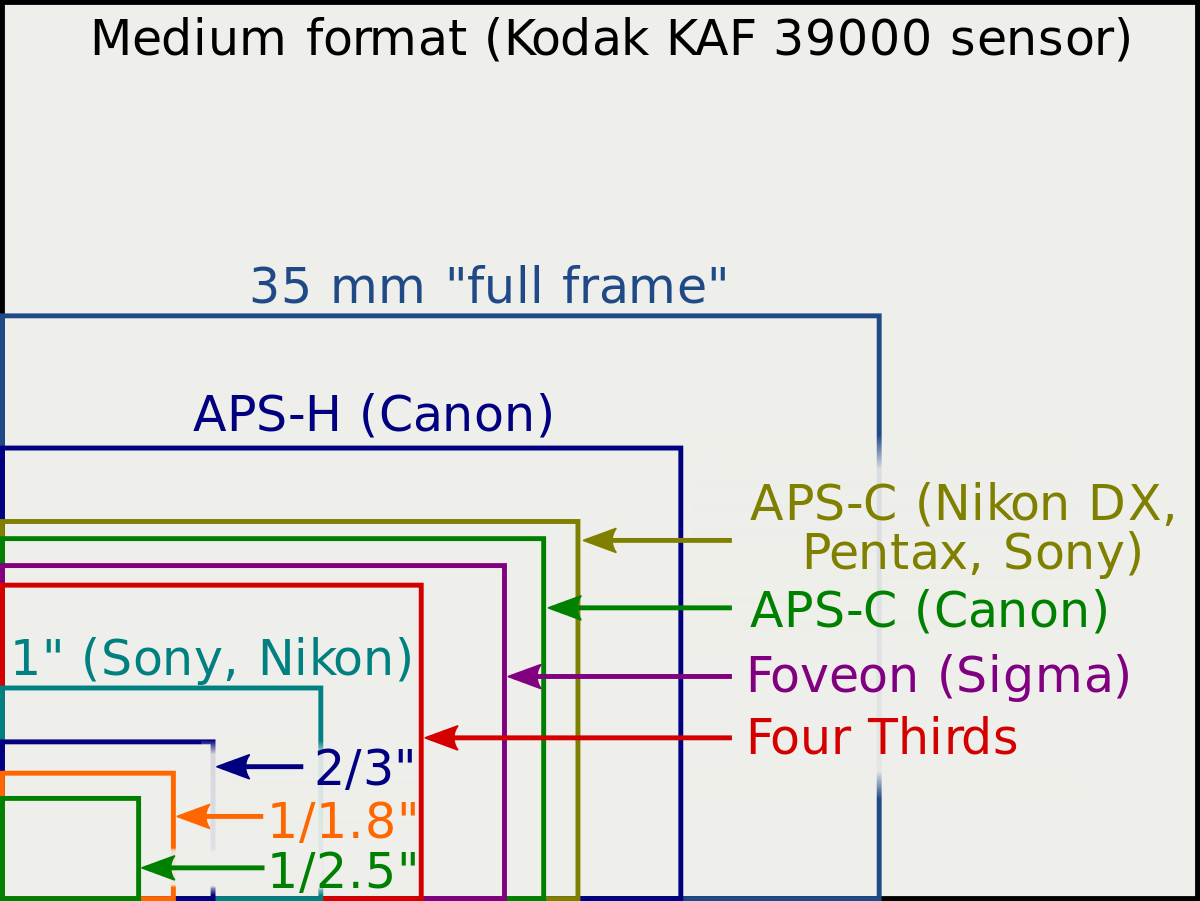- Joined
- Feb 14, 2019
- Messages
- 358
- Reactions
- 541
In-depth analysis of all the different aspects of photography with the DJI Mavic 3 Pro.
Plenty of images taken in different light conditions, both with the main wide-angle lens and with the telephoto one
Plenty of images taken in different light conditions, both with the main wide-angle lens and with the telephoto one














